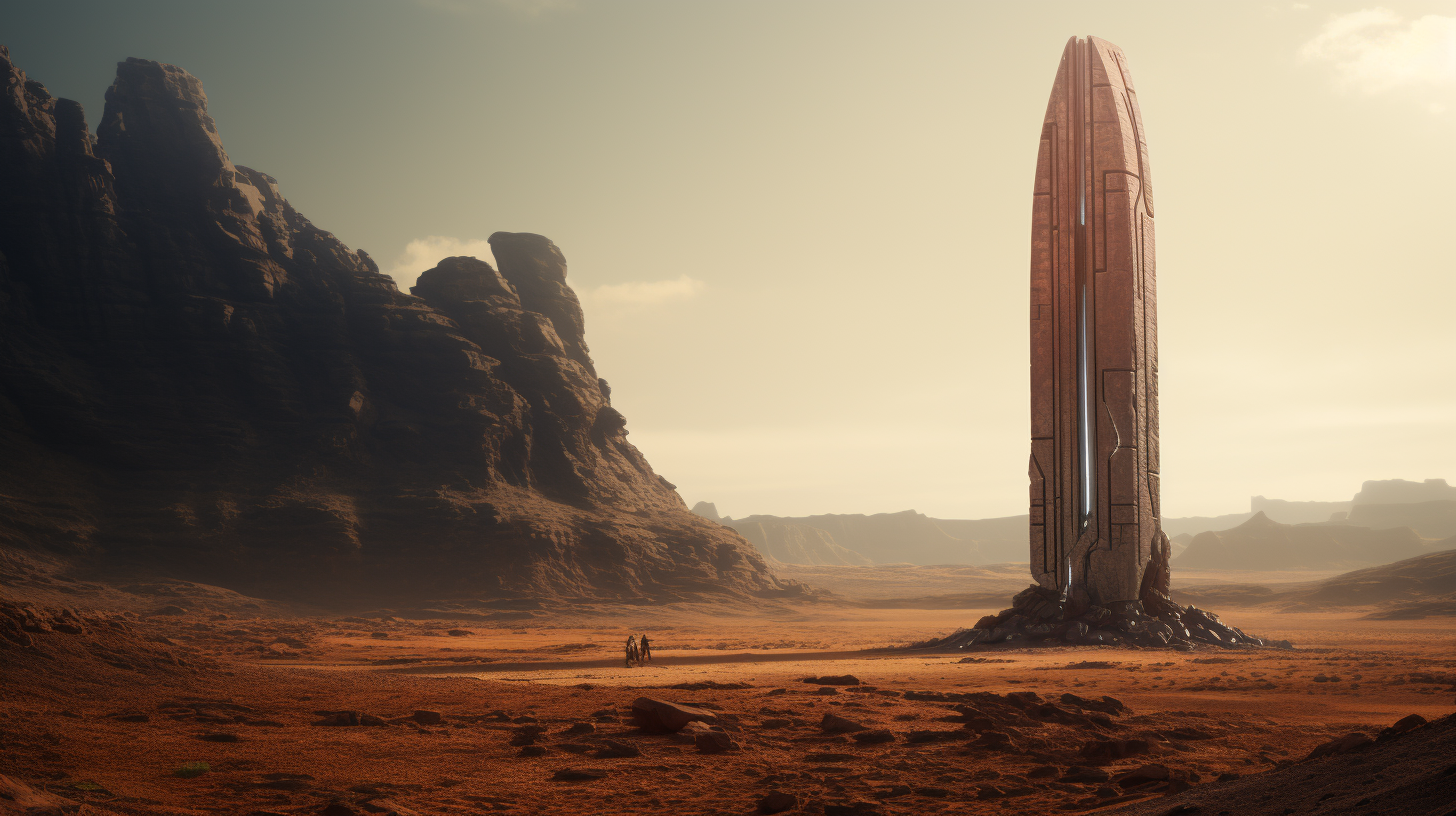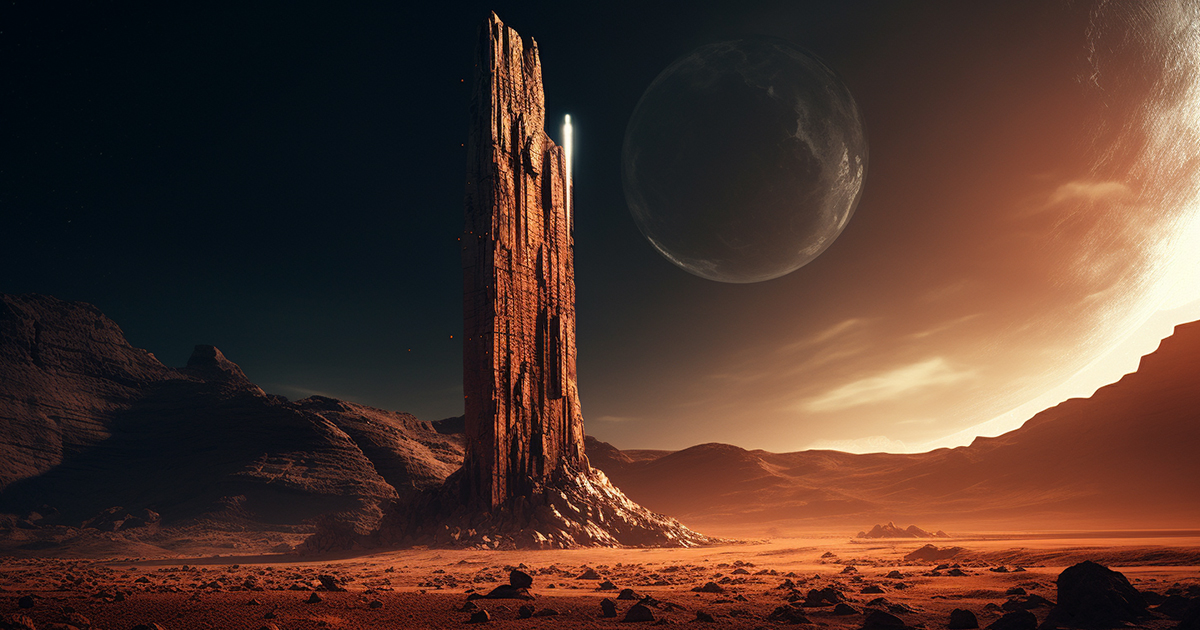In the vast expanse of our universe, mysteries abound, and every once in a while, we stumble upon something that challenges our understanding of history and the cosmos. One such intriguing discovery took place in 1998 when the Mars Global Surveyor captured images of an enigmatic monolith on Phobos, one of Mars’ two moons.
This striking structure, often referred to as the Phobos monolith, has left scientists and researchers pondering its origins and purpose. While this mystery may not be tied to extraterrestrial beings, it certainly raises questions about the ancient monoliths found on Earth and their potential connection to cosmic energies.
Buzz Aldrin, the second man to set foot on the Moon, once called attention to the Phobos monolith, suggesting that it could be an artificial creation. This notion ignited curiosity and led to investigations that aimed to understand its true nature.
What if, as some researchers speculate, the Phobos monolith is not an isolated anomaly? What if similar structures exist on other celestial bodies, and even here on Earth?

Ancient obelisks, like the ones in Egypt and Ethiopia, have fascinated historians for centuries. These towering monuments, typically carved from crystalline granite containing quartz crystal, possess unique properties.
Quartz, as we know, has the ability to transmit and receive electromagnetic signals, essentially functioning as an antenna. In ancient times, it’s possible that these obelisks played a crucial role in a worldwide energy distribution system, akin to today’s wireless broadcasting.
Imagine a network of obelisks positioned strategically around the globe, broadcasting power into the atmosphere. Distant locations could tap into this energy source, similar to our modern devices connecting to satellites.
This intriguing theory suggests that extraterrestrial influences might have established this system thousands of years ago, not only on Earth but possibly on Mars and other celestial bodies as well.
The story goes beyond the stones themselves. Researchers suggest that these monoliths created a harmonious energy grid, connecting ancient civilizations and harnessing cosmic energy in tandem with Earth’s energies. It was a passive yet continuous flow of celestial energy into our world, elevating the consciousness of those in proximity to these monolithic wonders.
Placement of these stones was far from random. They were strategically located above underground water flows, enhancing their energy-generating properties. Ancient people would gather around these monoliths, touching the stones to receive the energy they emitted. This, in turn, may have had profound effects on human consciousness.
Furthermore, the geometric arrangements of these stones may have created patterns that elevated human awareness, serving as a conduit to the realm of gods and cosmic energies. Whether it’s the stone spheres in Bosnia or the megalithic monuments in Avebury, these monoliths were believed to hold the essence of our ancestors and the divine.
Intriguingly, these interconnected monoliths may have served as a beacon, a link between Earth and the celestial realm. The question that remains is whether these ancient monoliths indeed possess an advanced cosmic power that we have yet to fully understand.
Video:
As we continue to explore the secrets of these ancient monoliths, we may uncover a deeper connection between our world and the cosmos. The Phobos monolith is just one piece of this cosmic puzzle, and as we delve further into the mysteries of our universe, who knows what astonishing revelations await us?

22 thoughts on “Mars Mysteries: The Cosmic Connection of Ancient Monoliths”
Comments are closed.